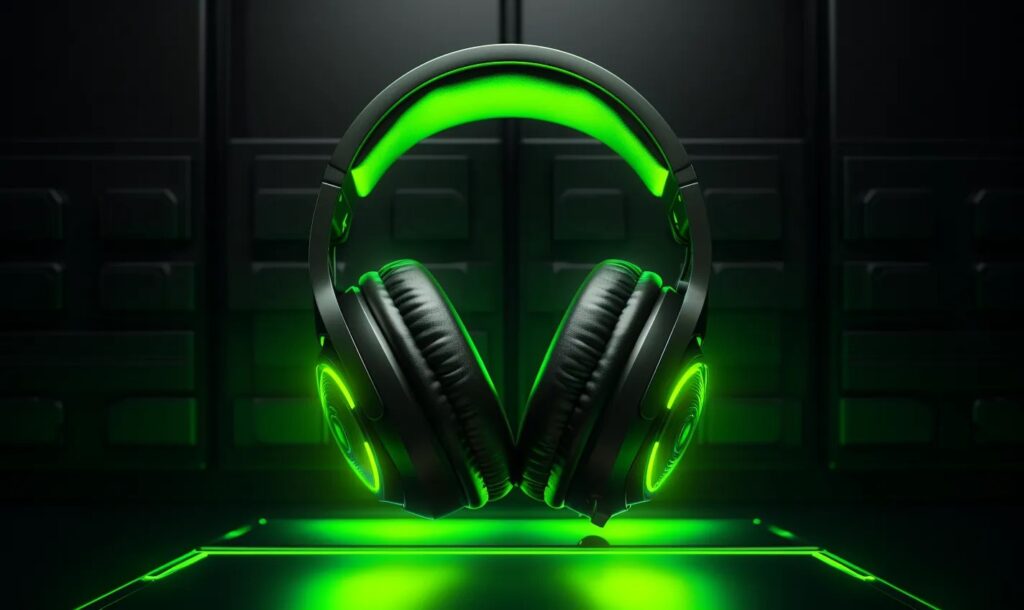iPads are fantastic tools for everything from writing to programming to graphic design, but this versatile tool has always been missing one thing: a stylus. This isn’t a flaw in the design. Instead, these multitasking monstrosities were created without a stylus in mind. Steve Jobs, the mind behind the iPad, hated the things, believing that the finger was the best pointing tool available. While he was correct for most applications, some things just need a more delicate touch. Thus, the Apple Pencil was born.
How It Works
The main concept behind the Apple Pencil is that it allows the iPad Pro that it is paired with to determine force and tilt without actually relying on the Force Touch technology that is often found in artist’s tablets and other similar devices. Two sensors in the Pencil itself determine the angle at which you are holding the stylus, as well as how hard you’re pressing on the surface of the iPad Pro. In laymen’s terms:
- A gentle touch will create a fine line.
- A heavier touch will create a thicker line.
- Tilting the stylus will create thicker lines or shading.
And these are only the things that we’ve been shown in the early demo videos so far. The Pencil will also integrate into most of the common preloaded apps, including things like Microsoft Word, which is another new addition to the iPad app lineup.
Lightning Fast Charging
The battery life of the Apple Pencil is one of its biggest selling points: You can use it for 12 hours on a full charge. Charging it for a mere 15 seconds will net you 30 minutes of drawing or writing time.
The best part is that you can let it charge while you’re working. The cap conceals a male Lightning connector that you can plug into the iPad Pro, charging your Pencil directly from the iPad. Just make sure you keep your iPad charged!
The Lightning plug does increase the size of the Pencil, making it almost equal to the width of the iPad itself, but the convenience of a built-in charging plug more than makes up for the size.
Latency Is Not an Issue
One of the biggest problems with introducing a stylus to a touch-screen device is the latency, or the amount of time between when an action is started and when it is actually performed on the screen. Latency is usually reduced by introducing software that allows the tablet device to scan the stylus multiple times per second.
The iPad Pro scans the signals that it receives from the Apple Pencil up to 240 times per second, keeping the latency as low as possible.
Accessories Sold Separately
If you’re looking for a tablet with a stylus, you usually expect your new mobile device to come with all the accessories you need. This is not the case with the Apple Pencil, or the new Smart Keyboard that also works seamlessly with the iPod Pro. The base cost for the iPad Pro 32GB model is $799, with the Smart Keyboard costing an additional $169 and the highly coveted Apple Pencil tacking on another $99.
If you look at the bigger picture though, the cost of the Apple Pencil and other accessories really doesn’t seem like much. Total, the iPad Pro with all of its accessories will end up costing you the same as or a little less than a new Windows laptop, and infinitely less than a new up-to-date Macbook Pro!
Doesn’t Play Well With Others
As of right now, Apple has not given a definitive answer as to whether the Apple Pencil will be backward-compatible with older iPads and iPhones. Currently, it is only being released as a companion accessory to the iPad Pro, though that may change between now and it’s November release date.
While we wait for the November release, all we can do is wonder: Will the Apple Pencil live up to all the hype, or was Steve Jobs right about the stylus all along?
Recent Stories
Follow Us On
Get the latest tech stories and news in seconds!
Sign up for our newsletter below to receive updates about technology trends














